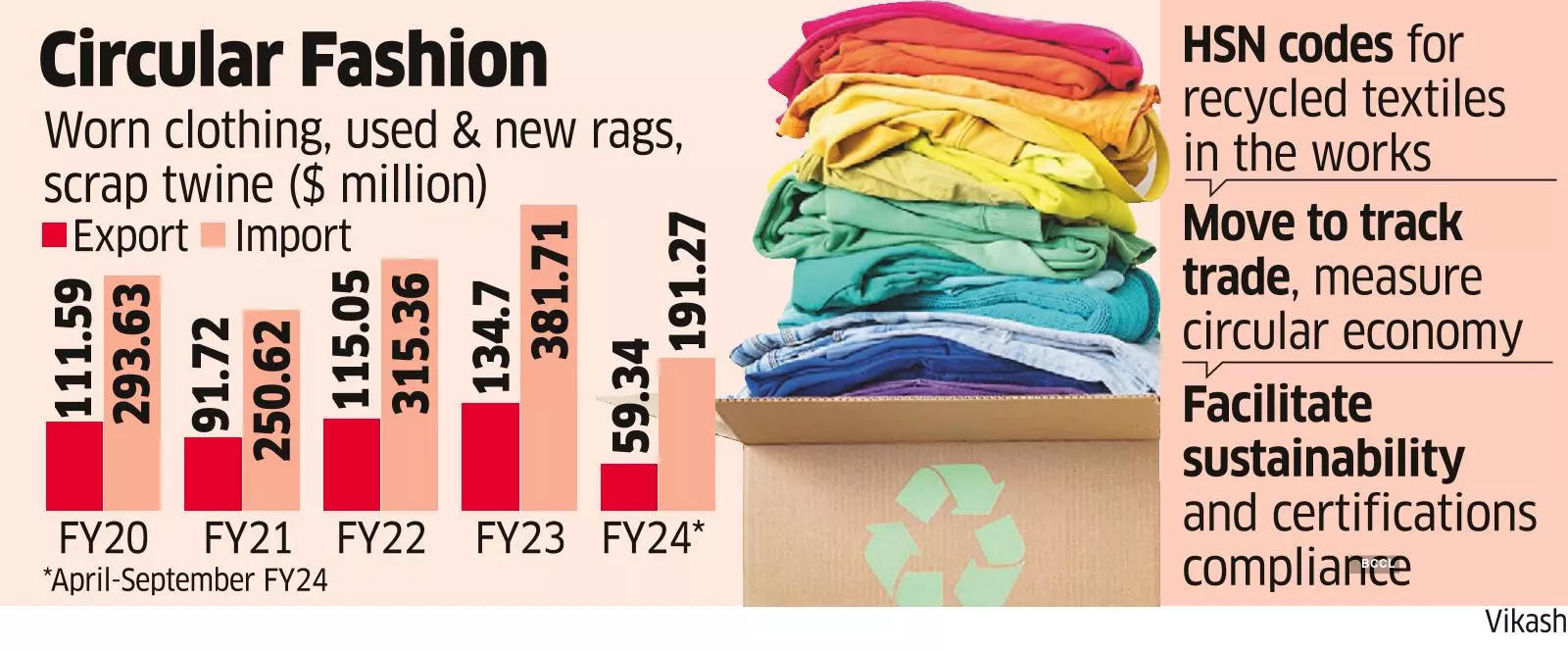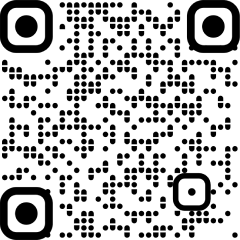India will soon start keeping a record of its export and import of recycled textiles, as the government plans to track the trade of products made from regenerated fibres and measure the growth of the circular textile economy.
The textiles ministry has kick-started the process to create separate tariff codes – called HSN (harmonised system of nomenclature) codes in trade parlance – as the existing ones do not account for recycled textile products and they are exported and imported in existing yarn, fabric, garment and waste codes.
India’s exports of worn clothing and rags in 2022-23 amounted to $134.7 million and imports were $381.71 million. Almost half the imports came from Bangladesh.

“We are trying to capture the trade of recycled textiles as some countries ban or restrict their trade,” said an official, who did not wish to be identified.
Separate HSN codes for recycled textiles will help customs authorities, policymakers and trade organisations to better regulate and manage the trade of these products, besides facilitating compliance with sustainability standards and certifications.
The ministry is already assessing pre-and post-consumer waste generation and its source identification to get an estimate of such waste generated in the country.
“The recycled varieties of yarn, fibre and fabric are there and we want to make HSN codes at six-eight digit levels,” the official said, adding that India will devise a way first to quantify the trade before taking up this issue with other countries.
The move is in line with the EU’s new Circular Economy Action Plan, 2020 which has included textiles as one of the key product value chains facing multiple sustainability challenges.
At present, only four-five companies are being captured which deal with recycled textiles, according to the official.
As per IMARC Group, India’s textile recycling market size was $308.7 million in 2022 and is expected to reach $375 million by 2028, with a compound annual growth rate of 3.4% in 2023-2028.
“It is an emerging area and identification of recycled textiles will be important. It will give identity to the recycling segment,” said Chandrima Chatterjee, secretary general, Confederation of Indian Textile Industry.
“Fashion waste and brands’ dead stock is the highest of the lot,” said an industry representative, who did not wish to be identified, adding that the HSN classification will help identify and track their trade and aid transparency in the supply chain.



